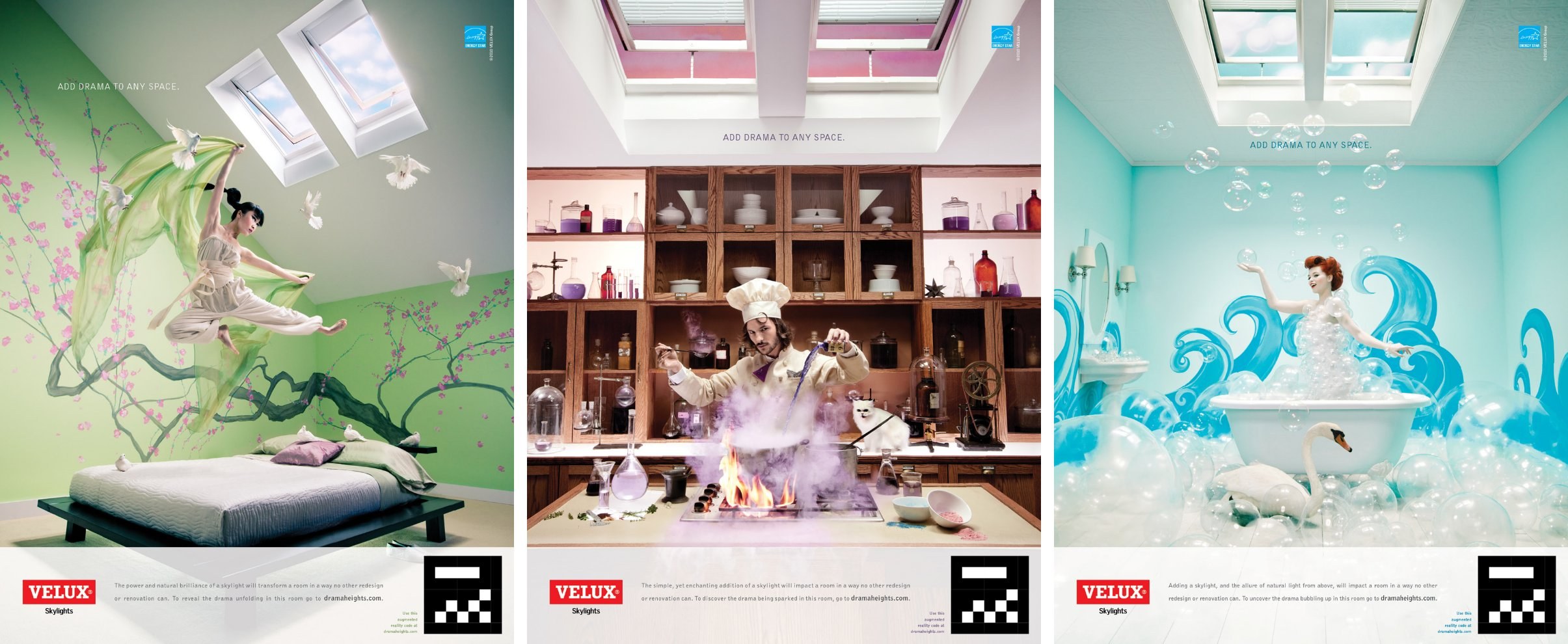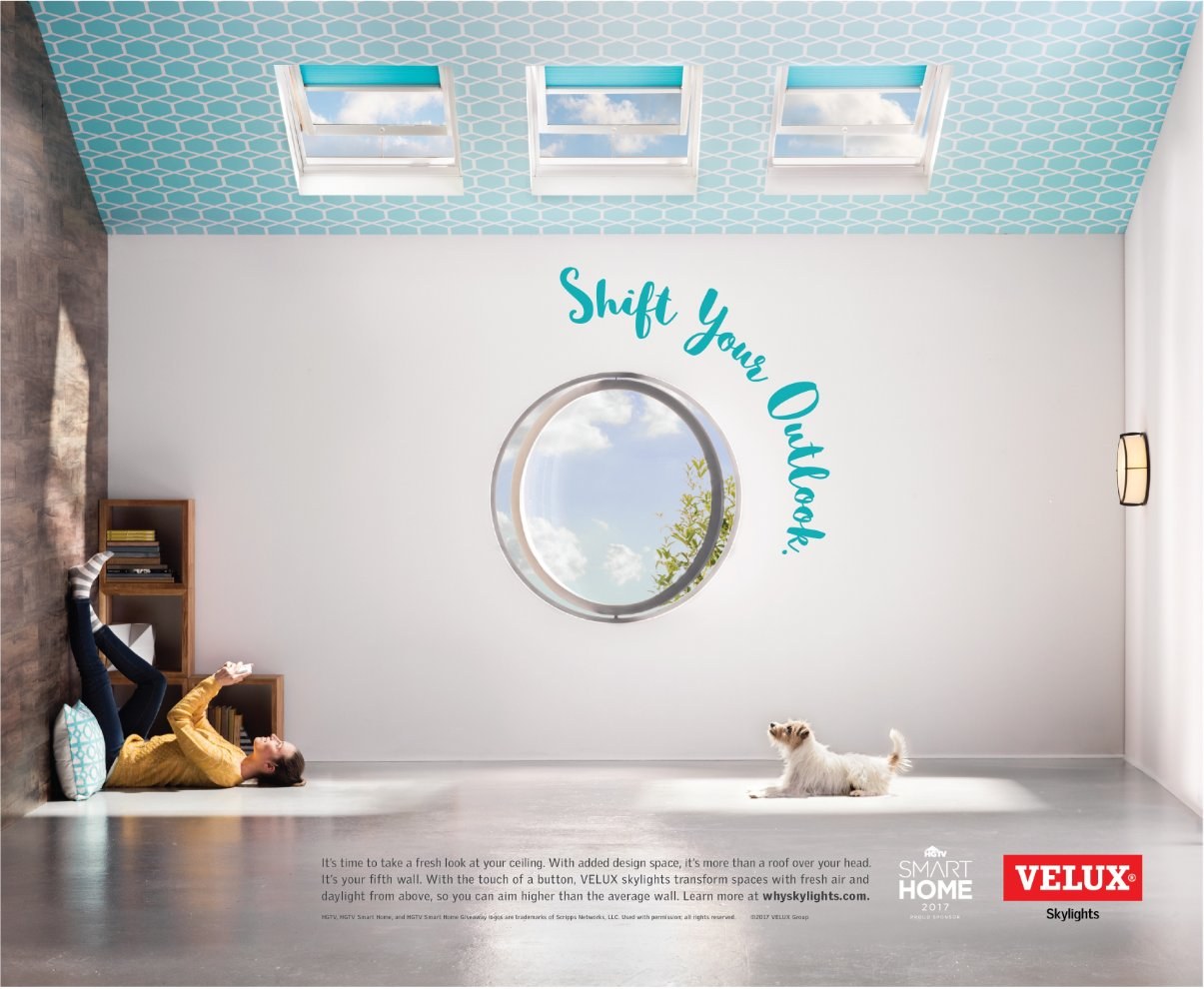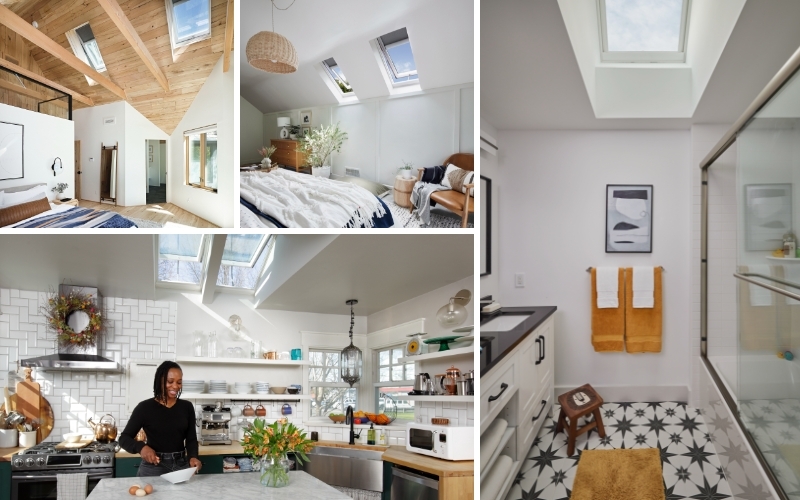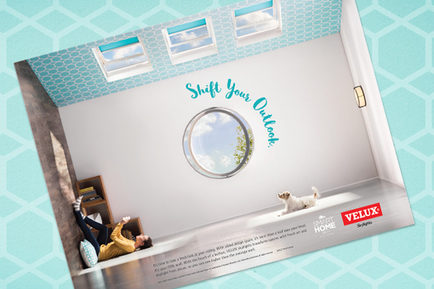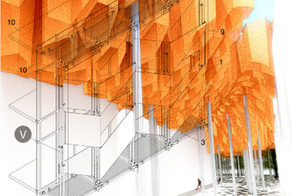Creative
Inspiration
A college professor once told me that when you’re in advertising, everyone you know will, at some point, share their “brilliant” idea for something. You’ll be at a birthday party when Aunt Gladys comes up to you with an ad concept that will blow your mind. Aunt Gladys? Really?
While it may be true that anyone can come up with a fabulous suggestion, no one in our business can afford to be a one-hit wonder. Our business is a lifelong quest for ideas. That said, there’s no secret formula for where ideas come from. As the following examples show, ingenious ideas often flow because we welcome a simple shift in perspective, ask a different question or change a single word.
Change Your Language, Change Your World
It should be obvious that words hold incredible power. One sentence or even one word can dramatically change your perception of the world around you. The right — or wrong — phrase can shift your entire perspective, propelling you to new ideas.
Our team experienced this while working on a particularly difficult campaign. The client, VELUX, is known for their incredible work creating skylights that inspire breathtaking new perspectives in homes and buildings. With our ad campaign, we wanted to drive home the idea of transformation, but nothing seemed to click.
The more we went over it, the more it felt as if we were spinning our wheels and getting nowhere fast. Going back to the drawing board, we focused even more on the eccentricities of the audience we were concepting for. They were interested in entertainment and popular culture. They had a flair for the dramatic.
BINGO!
Drama. What if we stopped thinking about how the skylights “transformed” rooms and shifted our perspective to how they can “dramatically change the room”?
That minor shift drastically altered the trajectory of our campaign, leading us to create fictional characters in a setting called “Drama Heights.” We could tell a dramatic story that would appeal to our audience, creating a love triangle of sorts, and inviting consumers to help shape the story while relating it to the way our product can shape their living space.
